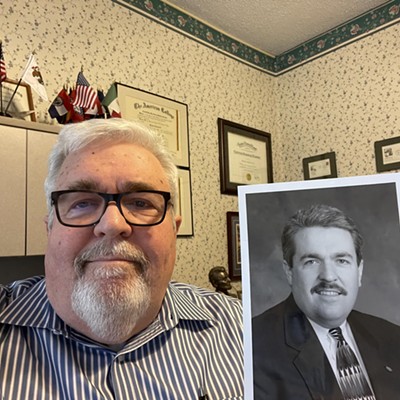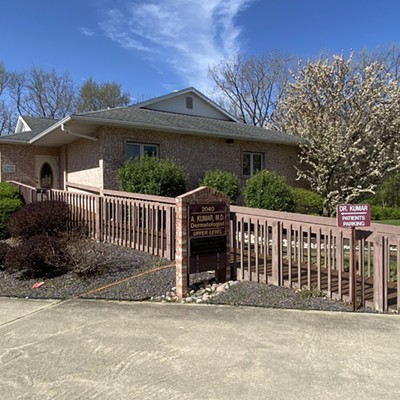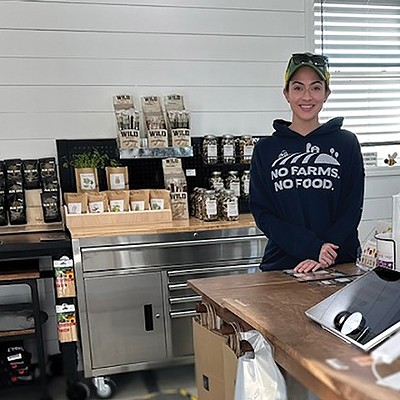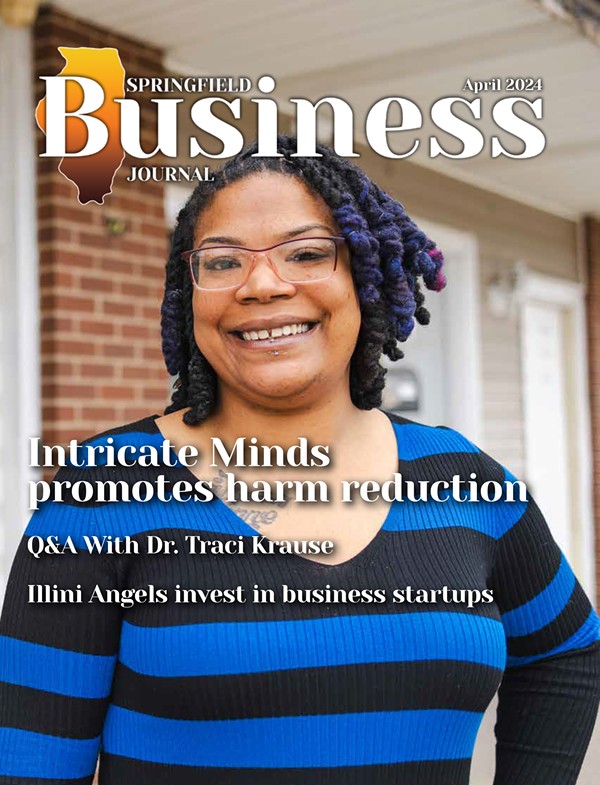BY RACHEL JOHNSON
American health care systems, doctors and doctors-in-training are looking for new ways to combat chronic pain and long-term health care issues besides prescribing pain medication. Southern Illinois Medical School in Springfield is on the forefront of new approaches to this challenge.
Dr. Stacy Sattovia, an associate professor at SIU, developed an interest in culinary medicine and how it could influence population health. As the medical school began exploring options for a new program, Dr. Debra Klamen, SIU senior associate dean for education and curriculum, suggested reaching out to Dr. Leslie Smith, who had completed a residency at SIU. Ultimately, Smith was invited to come on board as the new director of integrative medicine and culinary medicine programs.
“Dr. Smith was the perfect choice for this position, given her background in Western medicine, followed by advanced training in the best that Eastern medicine has to offer. Her passion for the culinary arts made this position perfect for her, and we are delighted to have her aboard,” Klamen said.
As both a traditional MD and licensed acupuncturist, Smith was an ideal choice. In her fourth year of residency and just 14 months shy of becoming an attending physician in surgery, Smith developed a repetitive stress injury in her arms. Smith had wanted to be a surgeon since she was four years old and was emotionally devastated that years of training and her lifelong goals were in jeopardy. “Somebody in the midst of all that said, ‘why don’t you try acupuncture for your pain?’” Smith recalled. “And I was blown away by how well it controlled my pain.”
While acupuncture allowed her to go back to living her life, it wasn’t enough to go back to sewing skin.
So, despite medical school debt and crushed dreams, she essentially started over and moved to Los Angeles with her husband to attend Yo San University to learn all aspects of East Asian medicine, including acupuncture, herbs, cupping, right thinking and right eating.
“Acupuncture is one of seven arms of traditional East Asian medicine,” Smith said. “In this country, most people are familiar with traditional Chinese medicine.” In America, people often think of these separately, but they are used all together in East Asian medicine to treat the whole patient. “It’s very similar to Western medicine structure, actually - diet, exercise, medication, surgery,” Smith said. “There’s only so many ways to fix the body. It’s just a different way of putting things together.”
Integrative medicine looks at the whole patient, whereas Western medicine tends to look at each part of the body individually. It wasn’t long ago that doctors were unwilling to consider alternative forms of medicine, but mindsets have changed, and research backs up the claims.
“I feel very fortunate to be coming into integrative medicine at this point because there are 30 years of research now to back up what I’m doing,” Smith said. “The kind of research that is out there on the efficacy of acupuncture for handling both acute and chronic pain is astronomical.”
SIU teaches a problem based learning format which means the students learn in small groups and the cases are designed to teach them physiology, anatomy, pathophysiology and the pharmacology, etc. around that case. “Bringing in culinary medicine or integrative medicine in is going to be done by tweaking the cases,” Smith said.
Since there is already so much material that students need to learn their first two years, they’re starting from an elective format. Medical students are not going to emerge as licensed acupuncturists as well as MDs in four years, but that’s not Smith’s goal. The goal is to acquaint the students with the different procedures and options – to create an awareness and familiarity. “I want them to be exposed to the idea of what acupuncture can be used for, how it works. I want them to feel the needles in their own bodies so they can feel the needles aren’t big and scary,” Smith said.
Additionally, continuing education classes are being planned for attending physicians, social/community outreach programs, medical education research components and clinical work. “We are designing ways that integrative and culinary medicine will be brought into both existing clinical offerings at SIU SOM and will be created ‘de novo’ as the needs are identified,” Smith said.
Timing is everything, and life often takes you in unexpected directions, as Smith has discovered. According to the Centers for Disease Control and Prevention (CDC), the United States is in the midst of an epidemic of prescription opioid overdoses. The number of opioids prescribed and sold in the U.S. has quadrupled since 1999, but the overall amount of pain reported by Americans hasn’t changed. This epidemic is devastating American lives, families and communities. The medical field is looking at all options for managing chronic pain and maintaining a patient’s health.










